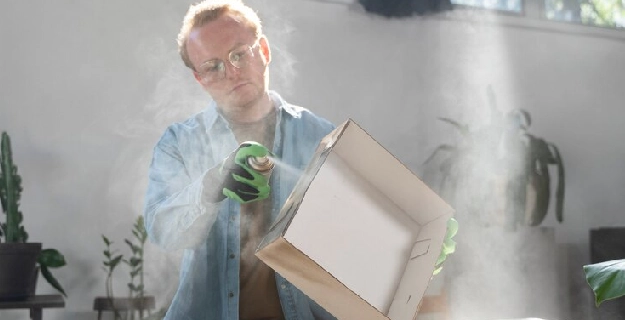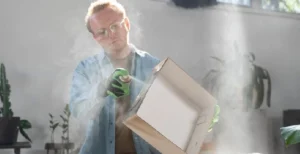Your dryer works hard to keep your clothes fresh and dry, but behind the scenes, lint and debris may be silently building up inside your dryer vent. A clogged vent is more than just a minor inconvenience—it’s a serious fire hazard, a threat to your appliance’s health, and a drain on your wallet. In this article, we’ll break down the top warning signs that your dryer vent might be clogged, and why it’s crucial not to ignore them.
2. Why a Clogged Dryer Vent Is Dangerous
According to the U.S. Fire Administration, clogged dryer vents are responsible for thousands of house fires each year. As lint and debris restrict airflow, your dryer works harder, overheats, and risks igniting flammable buildup. Beyond fire hazards, a blocked vent can also lead to carbon monoxide backup, especially in gas dryers. If ignored, clogs reduce appliance lifespan and significantly increase your energy bills due to longer, inefficient drying cycles.
3. Common Warning Signs to Look Out For
1. Clothes Take Too Long to Dry
If your clothes are still damp after a full drying cycle, it’s one of the earliest and most obvious signs. Poor airflow means your dryer isn’t venting hot, moist air properly, which results in extended drying times.
2. Burning Smell While Dryer Is Running
A strong, unusual burning smell could signal that lint inside the dryer or vent is overheating. This is a major red flag that requires immediate attention to prevent fire risk.
3. Excess Lint Behind Dryer or in Lint Trap
While it’s normal to find lint in the trap, a noticeable increase or lint around and behind the dryer could indicate poor ventilation and internal buildup.
4. Dryer Feels Hot to the Touch
If the outside of your dryer or the laundry room itself feels unusually hot, it’s likely due to restricted airflow caused by a blocked vent.
5. Room Becomes Hot or Humid While Drying
Dryers should vent moisture outside. If your laundry room feels muggy or excessively warm during a cycle, the vent may be obstructed and pushing humid air back into the space.
6. Increased Energy Bills
Longer drying times mean your appliance is using more electricity. If you notice a spike in utility costs without any other changes, your dryer vent could be the reason.
7. Vent Hood Flap Doesn’t Open Fully
Check the vent flap outside your home. If it barely opens while the dryer is on, airflow is restricted—likely from a clog inside the duct.
8. Visible Debris or Animal Nest in Outdoor Vent
Leaves, lint, or even animal nests can block the outdoor vent opening. These physical obstructions can quickly lead to dangerous airflow restrictions.
4. What Causes Dryer Vents to Clog
Several factors contribute to clogged dryer vents:
-
Lint Accumulation: Tiny fibers from clothing collect over time.
-
Improper Duct Installation: Long or bent vents trap more debris.
-
Lack of Regular Cleaning: Vents need at least annual maintenance.
-
Pest Interference: Birds and rodents can build nests in exterior vents.
5. How Often Should You Clean Your Dryer Vent?
Most homeowners should have their dryer vents cleaned at least once a year. However, if you do laundry frequently, live with pets, or notice any warning signs, you may need more frequent cleanings. Seasonal checks, especially before winter or summer, are a smart way to stay ahead of problems.
6. DIY vs. Professional Dryer Vent Cleaning
While DIY kits are available, they often fail to reach deep clogs or fully clear curved vents. Professionals use specialized tools to thoroughly clean and inspect the entire system. A professional cleaning not only ensures safety but can also catch other issues like disconnected vents or animal intrusions.
7. Don’t Ignore the Signs : Take Action Now
Warning signs of a clogged dryer vent shouldn’t be overlooked. What starts as a minor inconvenience can escalate into a major hazard. If you’ve noticed any of the issues above, it’s time to act. Preventive cleaning is faster, safer, and far less costly than dealing with the aftermath of a fire or system breakdown.
Noticed any warning signs? Don’t wait—schedule your professional dryer vent cleaning with AirDuctify today and protect your home from hidden fire hazards.





